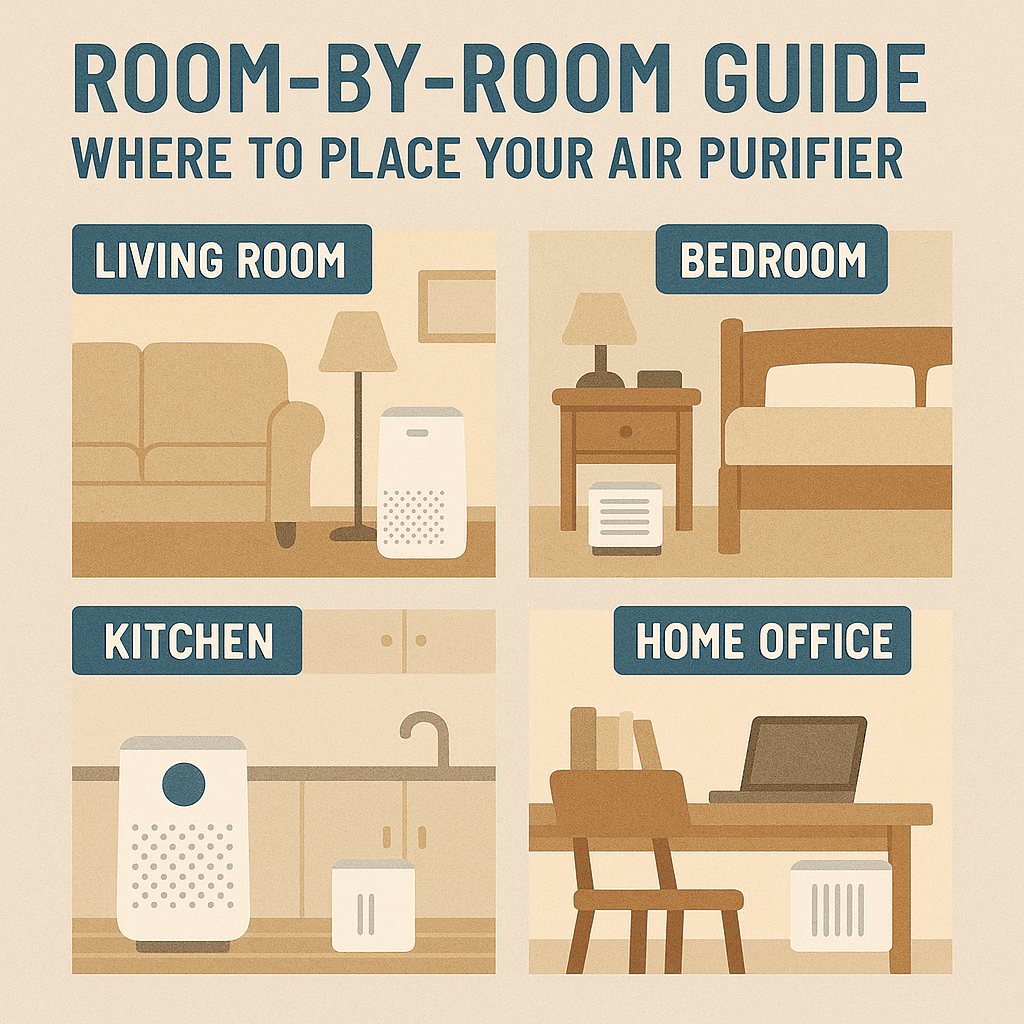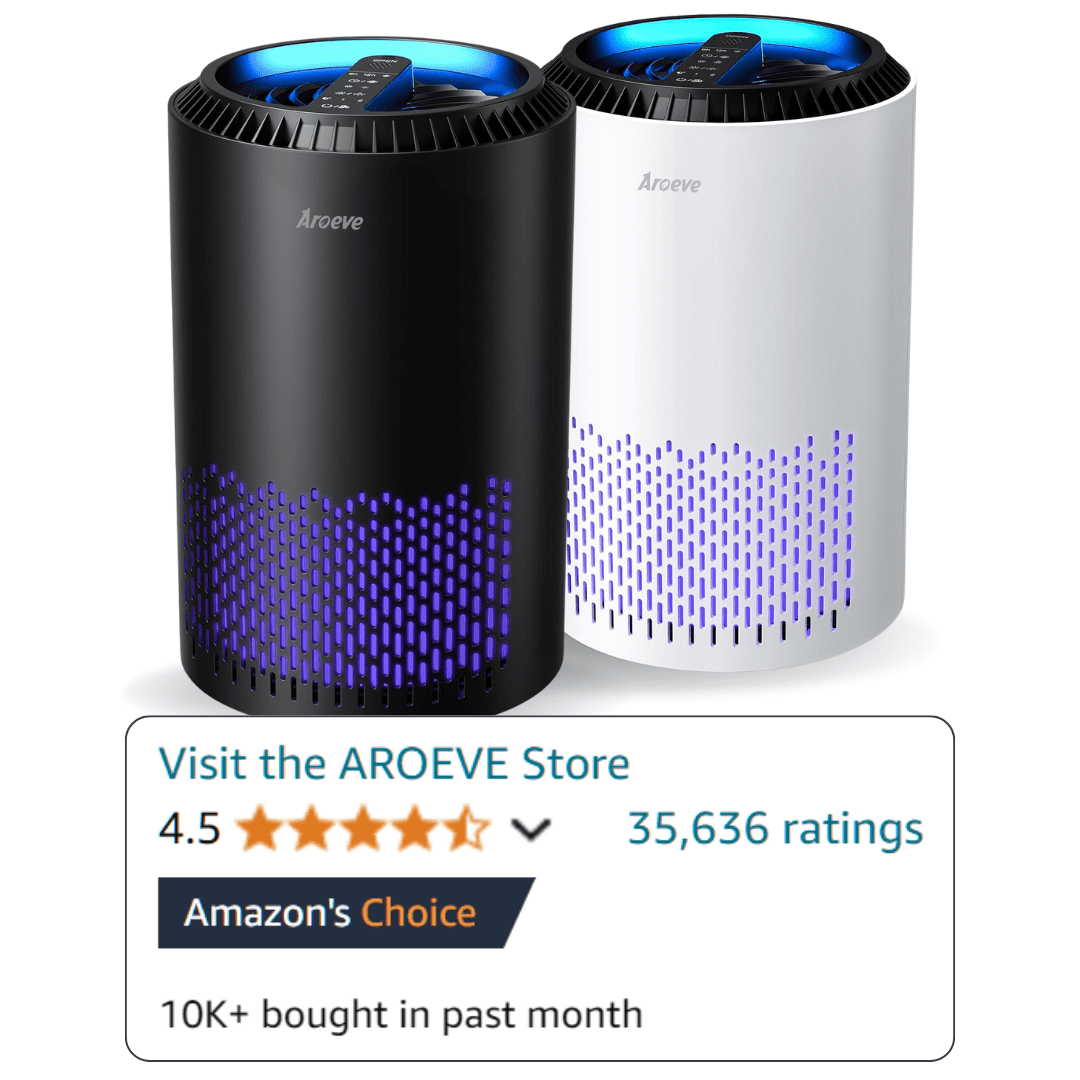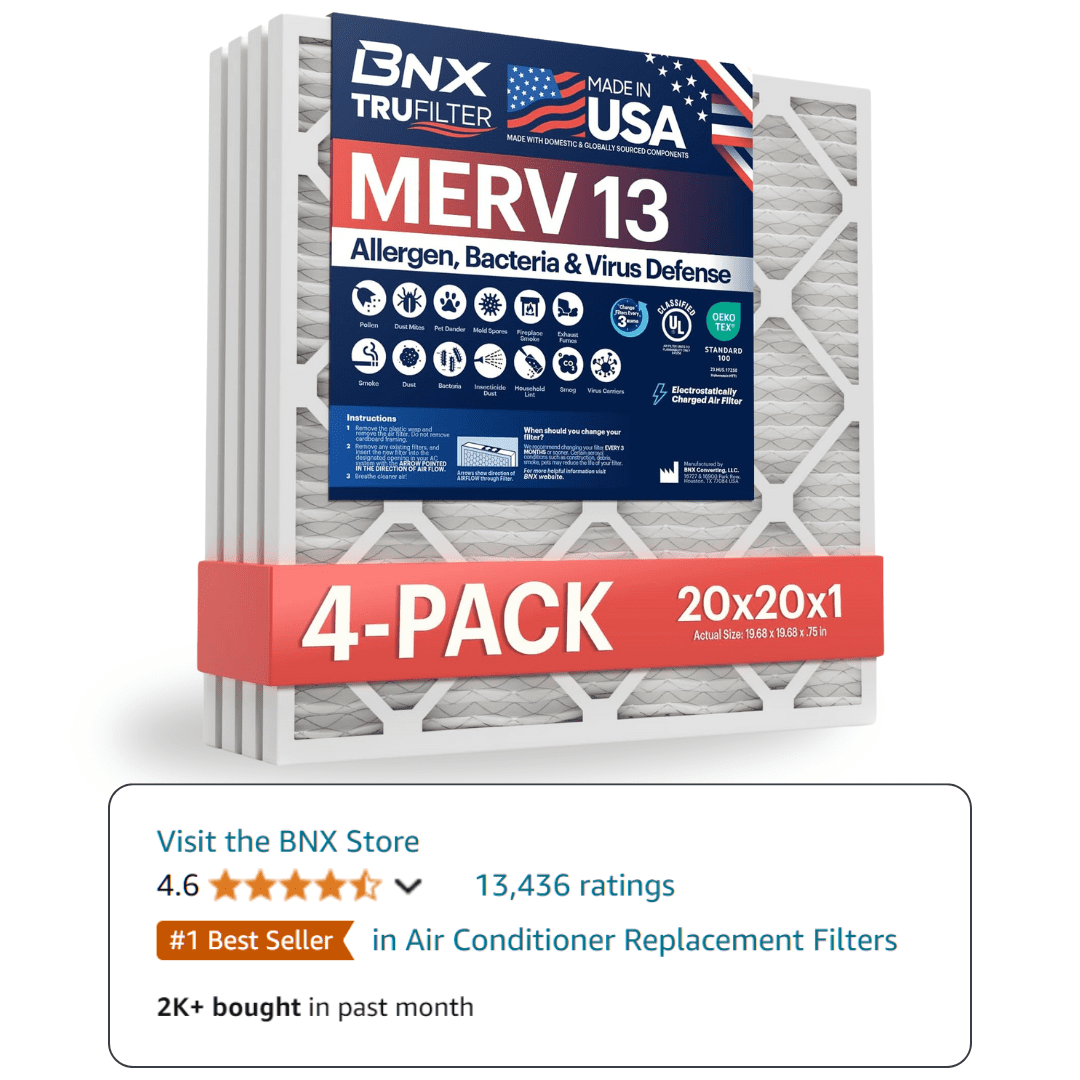Air purifiers can significantly improve your indoor air quality (IAQ), but their effectiveness largely depends on where you place them. This guide will walk you through the best placement for air purifiers in various rooms of your home. By following these tips, you can ensure that your air purifier works efficiently and delivers the clean air you desire.
Understanding Air Purifier Efficiency
To maximize the benefits of your air purifier, it’s essential to understand how they function. Air purifiers work by circulating air through filters, trapping pollutants, allergens, and dust.
Key Components:
- HEPA Filters: These high-efficiency filters can capture small particles, including pet dander, pollen, and smoke.
- Room Size: The size of the room impacts how well the air purifier can clean the air. Make sure your purifier is rated for the room size.
- Ventilation: A well-ventilated room allows better air circulation, enhancing the purifier’s effectiveness.
For more on improving your home’s IAQ, visit our Home IAQ Guide.
Best Placement for Air Purifiers in Different Rooms
Living Room Placement Tips
In your living room, consider these placement tips:
- Center of the Room: Place the air purifier in a central location to allow even airflow throughout the space.
- Avoid Obstructions: Keep it clear of furniture and walls that can block airflow.
- Near High-Traffic Areas: Positioning it near where people spend the most time can enhance air quality in those areas.
Bedroom Placement Tips
In the bedroom, optimal placement is crucial for restful sleep:
- Near the Bed: Position the air purifier close to your bed, but not directly next to it to avoid noise disturbances.
- Corner Placement: A corner spot can help circulate air evenly across the room while remaining out of the way.
Kitchen Placement Guidance
For kitchens, take these factors into account:
- Away from Cooking Areas: Avoid placing the purifier too close to cooking appliances to prevent grease accumulation.
- Focus on Cross-Ventilation: Ensure the air purifier can access fresh air by placing it near windows or ventilation fans.
Office and Study Room Placement
In your home office or study, consider the following:
- Near Desks: Placing the unit near your workspace can help clear the air of allergens while you work.
- Avoid Electronic Interference: Keep it away from computers and other electronic devices to prevent dust buildup and ensure efficient airflow.
Kids’ Room and Nursery Optimization
When setting up a purifier in a children’s room or nursery:
- Safe Distance from Play Areas: Keep the air purifier out of the way of play zones to avoid accidents.
- Quiet Operation Considerations: Look for models designed for quieter operation to avoid disturbing sleep.
Common Mistakes in Air Purifier Placement
Even if you have the best air purifier, improper placement can limit its effectiveness. Here are some common mistakes to avoid:
- Blocking Airflow: Avoid placing the purifier behind large furniture or curtains.
- Placing on the Floor: While some models can work on the floor, elevated placement is often more effective for airflow.
- Ignoring Room-Specific Needs: Each room has unique challenges that should inform your placement decisions.
Additional Tips for Enhancing Air Quality
To further boost your air quality, consider these strategies:
- Regular Filter Maintenance: Check and replace filters according to the manufacturer’s guidelines to keep your purifier working efficiently.
- Combine with Plants: Indoor plants can naturally improve air quality, so consider using them alongside your air purifier.
- Explore Other IAQ Improvement Strategies: Frequent cleaning and minimizing indoor pollutants also contribute to better air quality.
For more on filter types and their importance, check out our guide on HEPA Filters.




